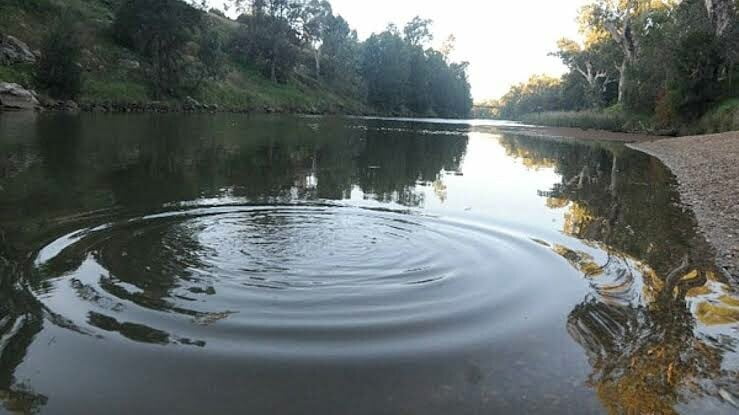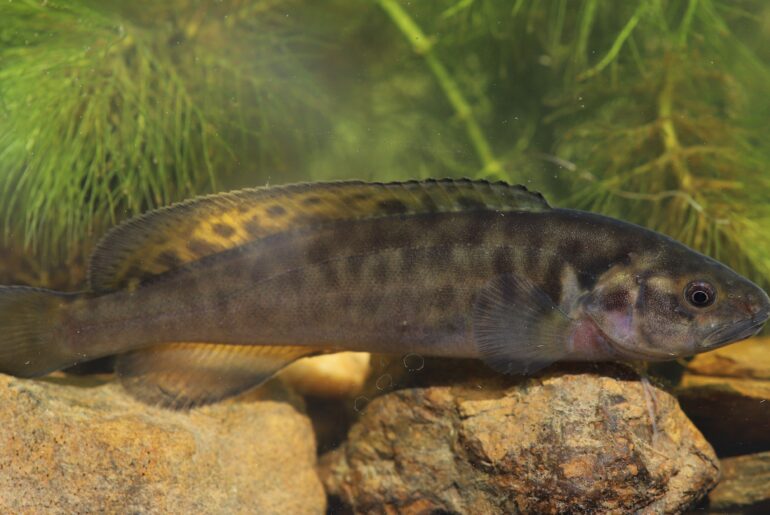In Autumn 2017, an opportunity was identified to support native fish in the lower Macquarie and Barwon rivers. This opportunity resulted from Golden perch spawning in the Barwon River in spring 2016, and a natural flow pulse moving down the Barwon River.
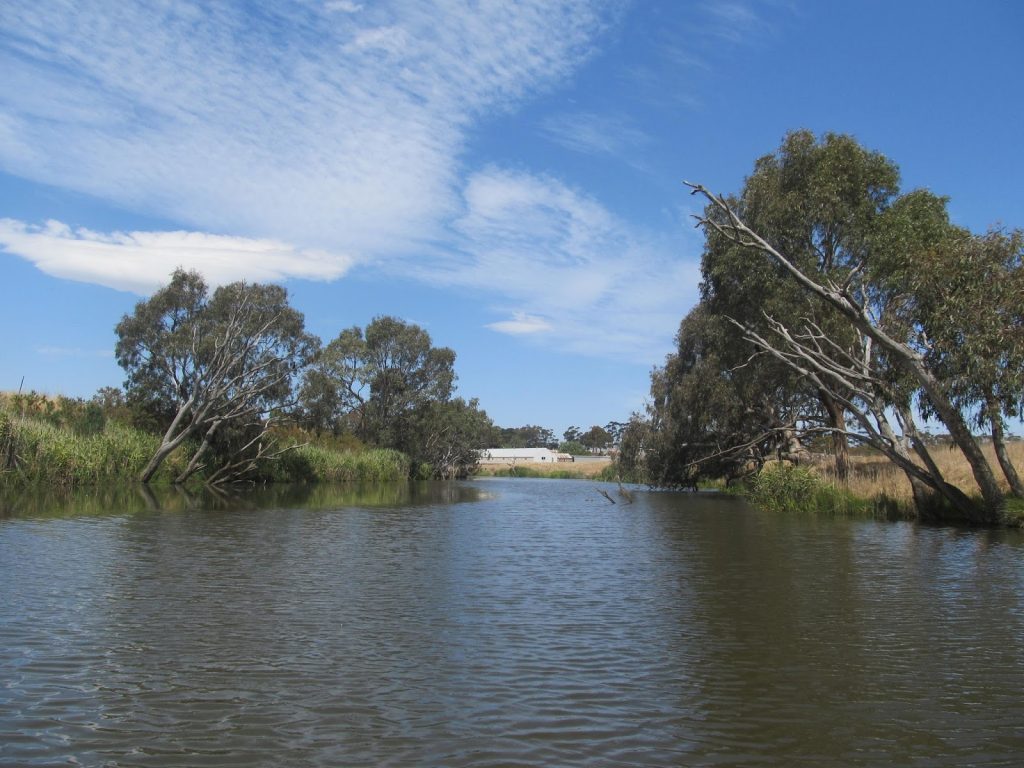
Between April and May 2017, Commonwealth environmental water was delivered to the lower Macquarie River, via the Macquarie Marshes, to connect the Macquarie and Barwon rivers. The flow was designed to facilitate the movement of native fish between the two river systems, and provide opportunities for juvenile native fish such as Golden perch, Spangled perch and Silver perch to migrate into the Macquarie catchment.
The Commonwealth Environmental Water Office contracted the NSW Department of Primary Industries – Fisheries to undertake a short-term monitoring project to assess the response of native fish in the lower Macquarie River to the connection flow.

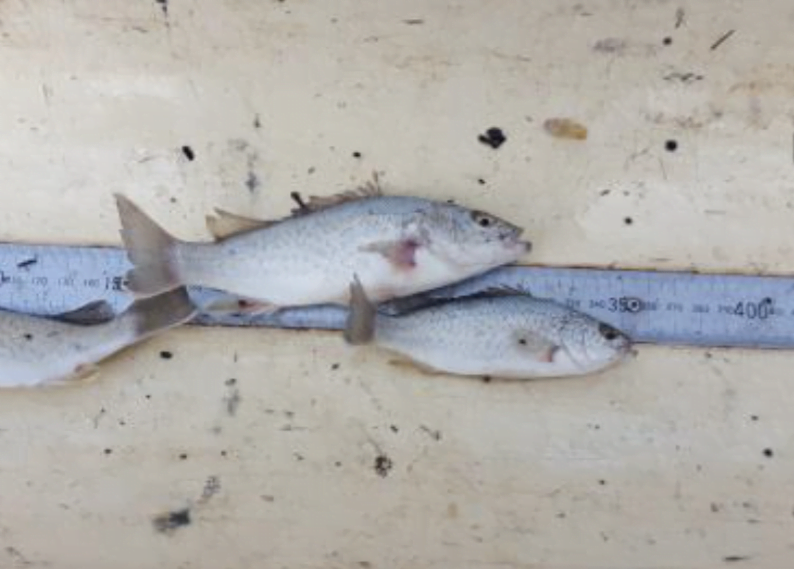
The key observations included:
- Connectivity between the lower Macquarie and Barwon rivers can be successfully achieved using environmental water, particularly in synchrony with flow events occurring in the Barwon River.
- Movement of native fish species, particularly golden perch and spangled perch was facilitated by the environmental flow and connection between the Macquarie and Barwon rivers.
- Hyrtl’s tandan, a medium bodied river channel specialist more commonly found in the Paroo/Barwon/Darling River system, were detected at the most downstream site, representing the first capture of the species by DPI Fisheries in the Macquarie River.
- The project highlights the significance of a good working relationship between managers, water holders and scientific agencies.
The monitoring provides valuable information on fish response to environmental water in the lower Macquarie, and will help inform future watering actions and management decisions to support connectivity between the Macquarie and Barwon river systems.
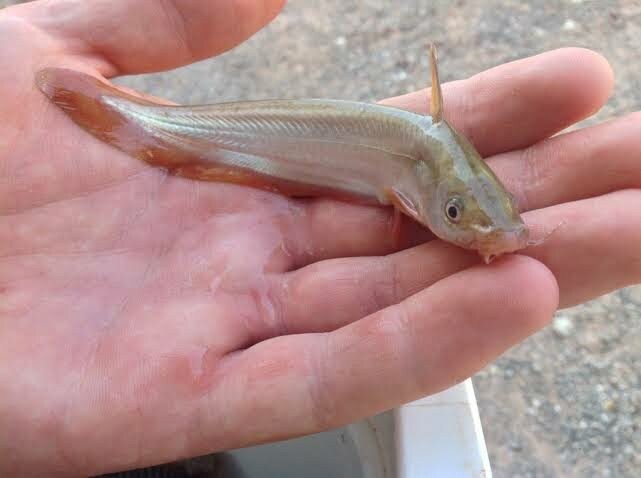
The monitoring also enabled better understanding about fish passage issues in this area, as well as the impact of barriers on fish. It was found that adult, juvenile or larval fish passing downstream through any partially opened sluice gate were at high risk of injury or death. The report recommends that any sluice gates are raised fully when flows are required to be regulated through a weir to reduce fish mortality.
Other conclusions with regard to the potential for science to assist with species mapping include:
- The potential for analysis of otoliths (earstones) to provide more information about juvenile fish migration between river systems
- The importance of adding additional sampling sights in the Marthaguy Creek and Castlereagh River for future watering events to better understand the contribution that other river systems make to fish populations in the Macquarie River.
The full case study is available here. This article was adapted from the report and the Department of the Environment and Energy website.
Related stories:
What native fish need from flows at different life cycle stages
